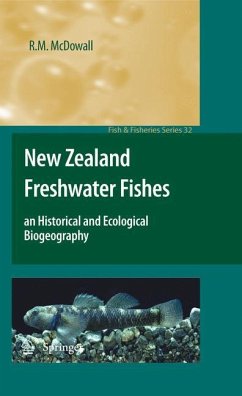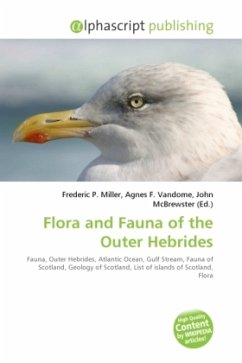
Biodiversity of New Zealand
Versandkostenfrei!
Versandfertig in 6-10 Tagen
45,99 €
inkl. MwSt.

PAYBACK Punkte
23 °P sammeln!
The biodiversity of New Zealand, a large Pacific archipelago, is one of the most unusual on Earth, due to its long isolation from other continental landmasses. Its affinities are derived from Gondwana, from which it separated 82 million years (Ma) ago, New Caledonia and Lord Howe Island, both of which are part of the same continental plate as New Zealand, and Australia. More recently a component has been introduced by humans. New Zealand's pre-human biodiversity exhibited high levels of endemism, both in its flora and fauna. Prior to 65 Ma ago, the fauna included dinosaurs, pterosaurs and mari...
The biodiversity of New Zealand, a large Pacific archipelago, is one of the most unusual on Earth, due to its long isolation from other continental landmasses. Its affinities are derived from Gondwana, from which it separated 82 million years (Ma) ago, New Caledonia and Lord Howe Island, both of which are part of the same continental plate as New Zealand, and Australia. More recently a component has been introduced by humans. New Zealand's pre-human biodiversity exhibited high levels of endemism, both in its flora and fauna. Prior to 65 Ma ago, the fauna included dinosaurs, pterosaurs and marine reptiles such as mosasaurs, elasmosaurs and plesiosaurs. The range of ancient fauna is not well-known but at least one species of non-flying terrestrial mammal existed in New Zealand around 19 Ma ago. For at least several Ma before the arrival of the human and its commensal species, the islands had no terrestrial mammals except for bats, the main component of the terrestrial fauna being insects and birds.












